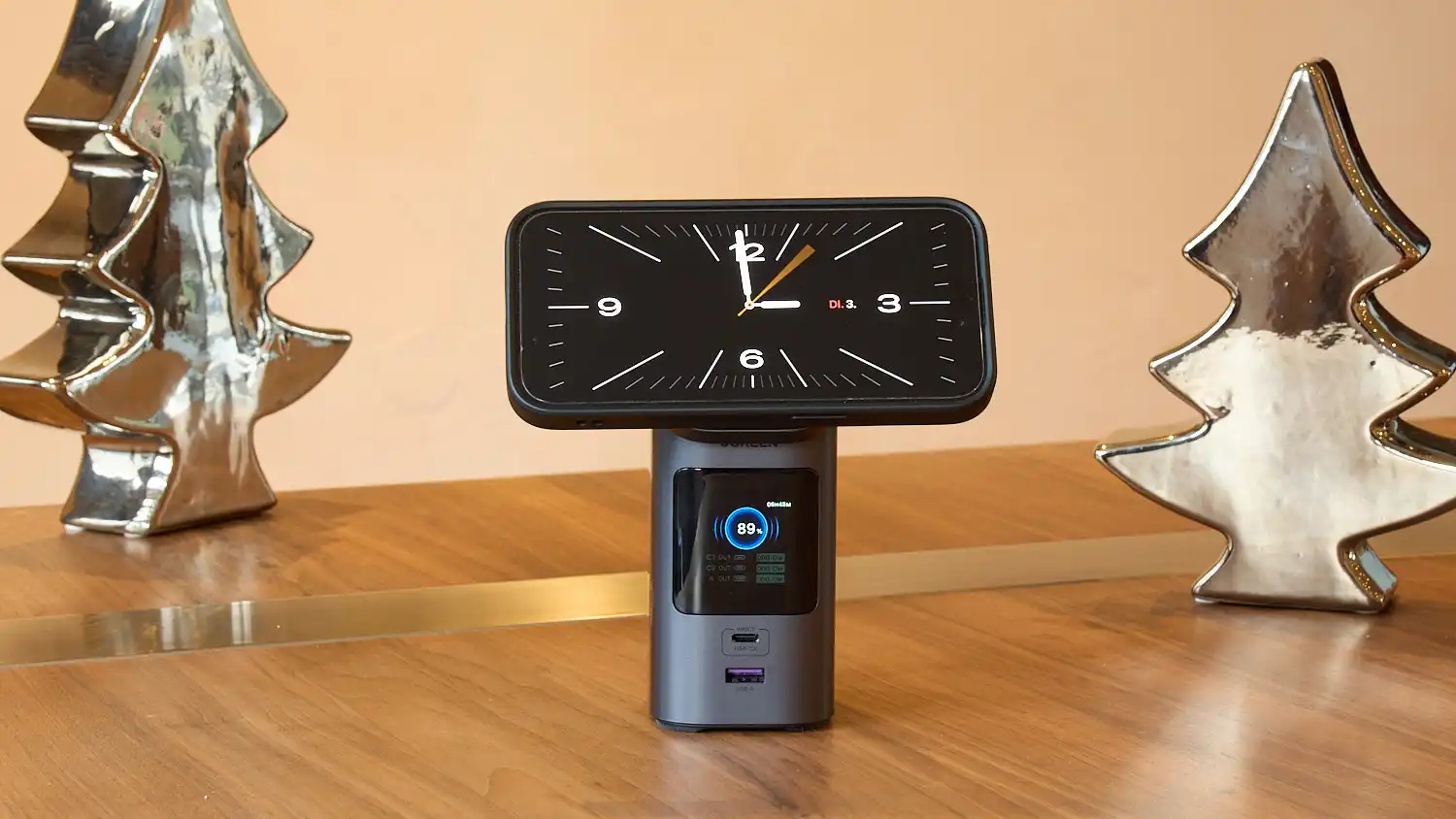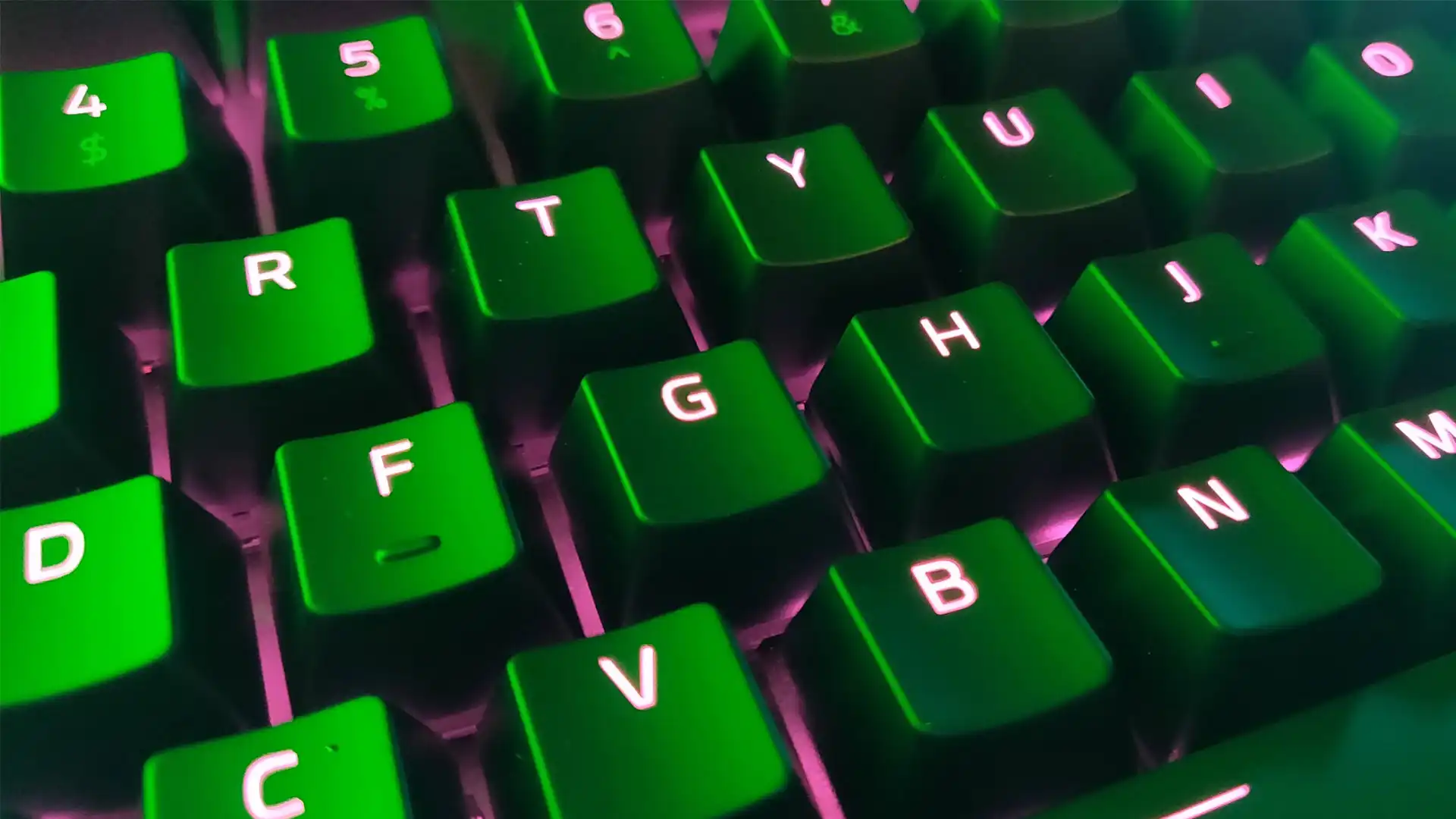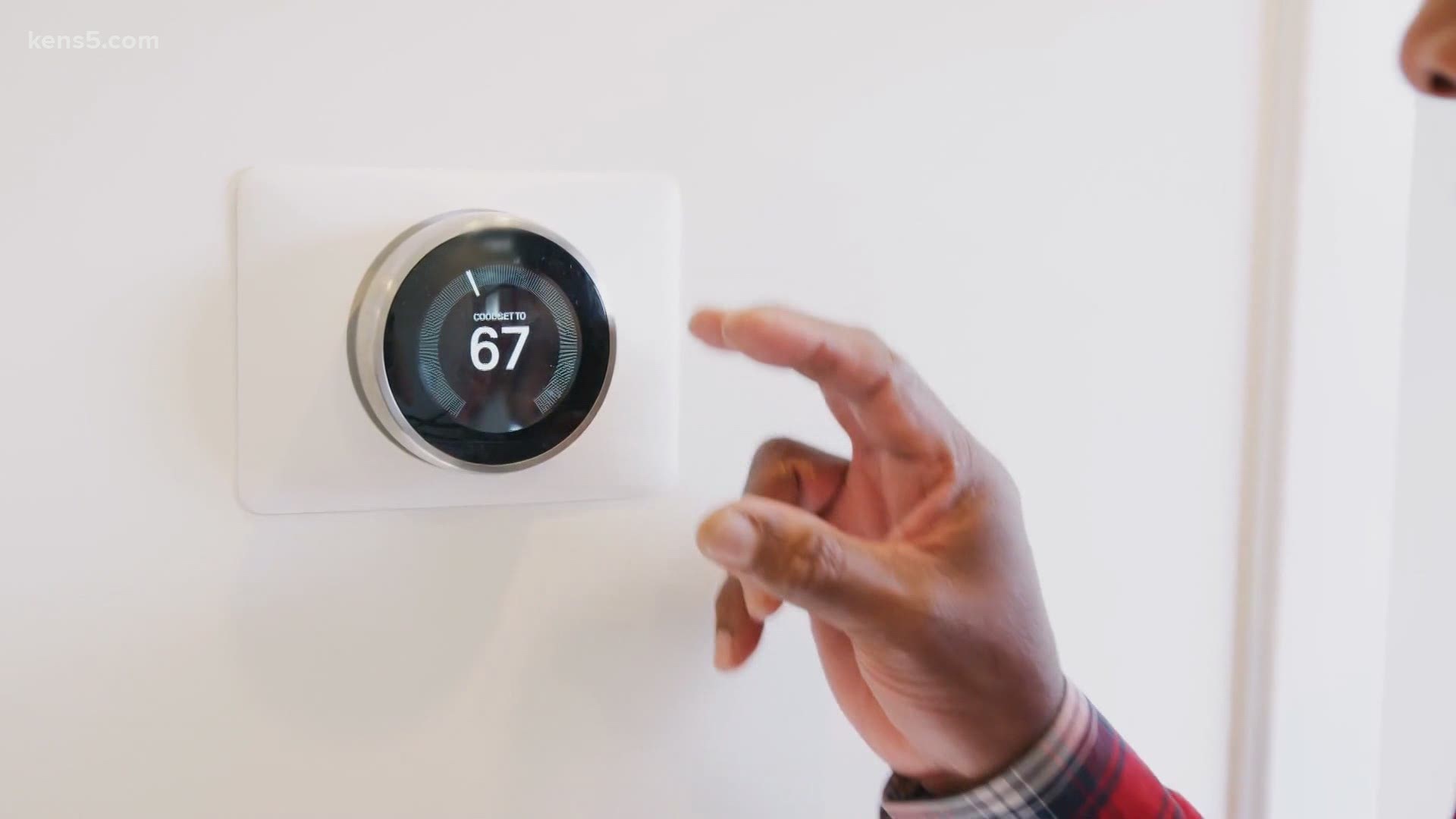Google has come clean about how it made its Gemini AI hands-on video. We explain what’s real, and what isn’t.
What a difference a day makes. In the space of just over 24 hours, initial enthusiasm over the launch of Google’s Gemini AI platform has subsided and in its place is controversy over the staging of its Gemini hands-on video.
That’s because Google has been forced to admit that the initially impressive Gemini AI hands-on video it shared at the platform’s launch was, well, not entirely real. Not entirely fake, but a representation of “what Gemini could look like” rather the kind of a real-time demo most people thought they were watching.
Of course, that’s not to say that Gemini isn’t still a major step forward for Google as it looks to keep pace with AI trailblazer ChatGPT. It’s just perhaps not as much of a breakthrough as was first thought.
Was Google’s Gemini AI Hands-on Video Real?
Yes and no, but definitely closer to the latter. The hands-on video shows how Gemini is capable of understanding “multimodal prompting,” which in plain English means understanding and interacting with text and image cues simultaneously.
What isn’t legit is how Gemini’s abilities are depicted. The video clearly depicts Gemini responding to a range of multimodal challenges in real-time, which isn’t what happened.
The discrepancy was initially reported by Bloomberg’s Parmy Olson, who noted the Google’s YouTube notes on the video as revealing that: “For the purposes of this demo, latency has been reduced and Gemini outputs have been shortened for brevity.”
How Gemini AI Hands-on Video Was Actually Made
What this actually means is that the demo “wasn’t carried out in real time or in voice” and that, behind the sizzle reel of a final product, lies a series of more incremental prompts that were finely tuned to get to intended result.
In other words, to get to Gemini accurately identifying the game of rock, papers, scissors:




